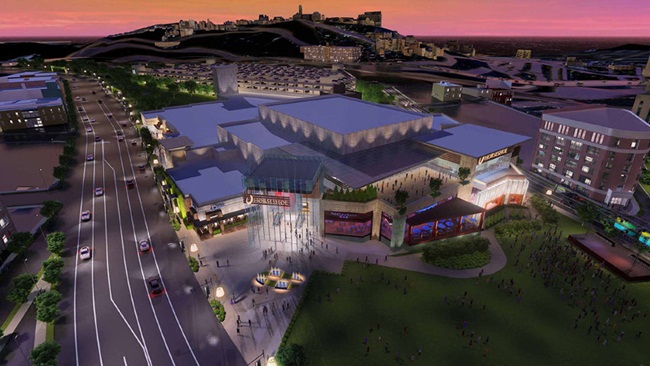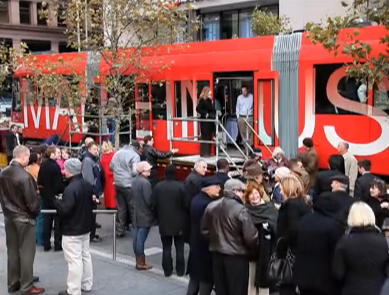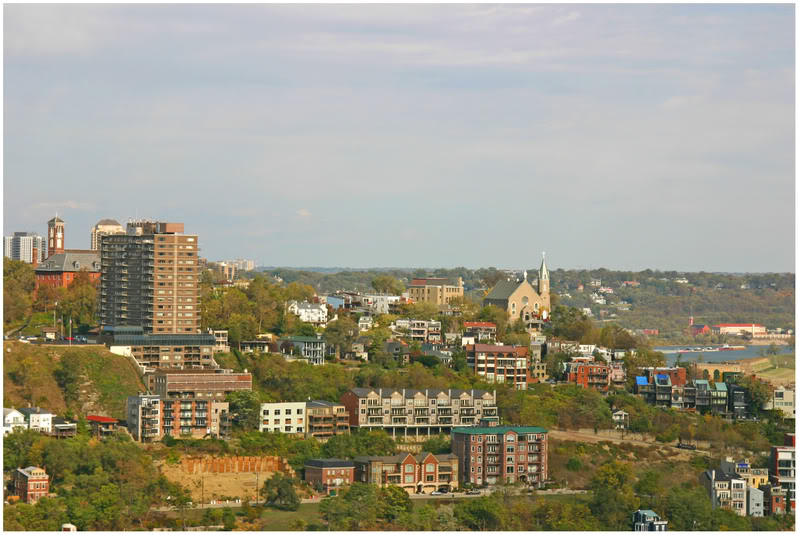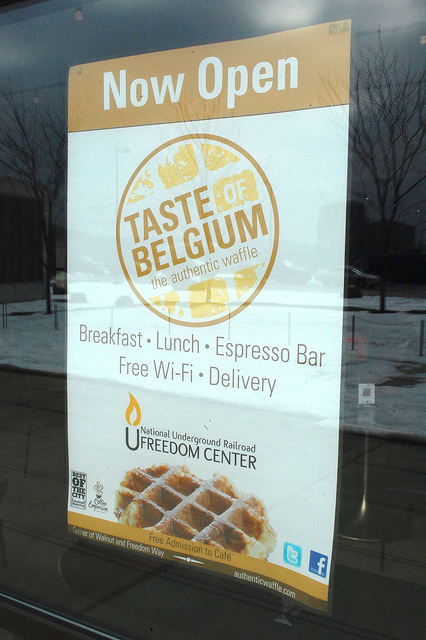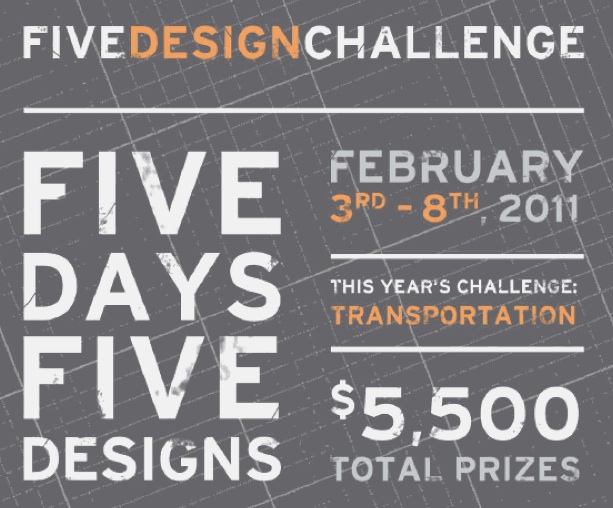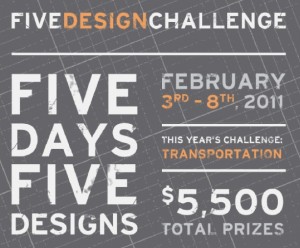[This story was originally published in the Cincinnati Business Courier print edition on January 21, 2011. Visit the original story for more comments, thoughts and opinions on Taste of Belgium’s business growth – Randy.]
Nearly four years ago, Belgian immigrant Jean-Francois Flechet baked and sold his first waffles at Cincinnati’s historic Findlay Market. Since then Flechet has seen his waffle business grow in sales, staff, locations, cities, offerings and exposure. Now that Taste of Belgium has opened its second Cincinnati location at the National Underground Railroad Freedom Center (NURFC), Flechet has his eyes on yet even more growth.
“The food is creative and fresh,” Stephanie A. Creech, external relations manager with the NURFC exclaimed. “Additionally, we’re all looking forward to their upcoming early morning opening so that those who arrive early to the Freedom Center or who park in The Banks can enjoy a fresh cup of coffee or a latte and a waffle before starting their work day.”
The first day Taste of Belgium was at Findlay Market Flechet says he sold 50 waffles. Now, he states, they serve hundreds of people on an average Saturday and baked over 1,000 waffles this past Labor Day at the historic market.
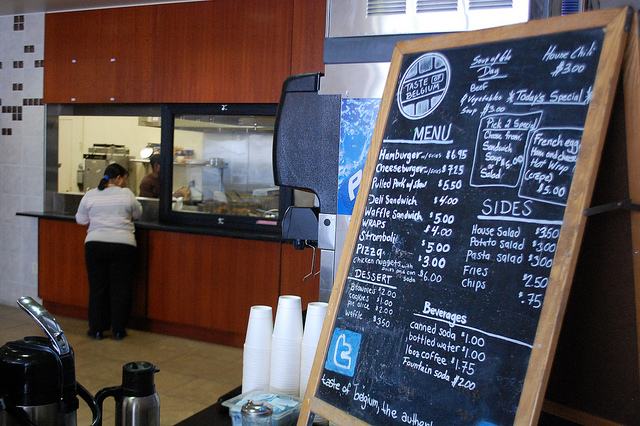
The passionate Flechet, who can often be found offering up free samples of his popular waffles at Findlay Market, says that the early help of Jean-Robert de Cavel, Jean-Philippe Solnom, Bryan Madison and Johan Kars is what has allowed him to reach the level of success Taste of Belgium currently enjoys in Cincinnati, Dayton and Columbus.
“At first I was doing absolutely everything myself. I was making the dough at one of Jean-Robert’s restaurants and I would bring it to Findlay early in the morning and would start baking at the back of Madison’s produce store.”
Three-and-a-half years later Flechet now has close to 30 employees, one of the most prominent spaces inside Findlay Market, Taste of Belgium at the NorthStar Café inside the NURFC, locations in Columbus’ North Market and Wexner Center, and is about to sign an agreement that will give the Taste of Belgium business its first stand alone store that will offer “much more than waffles.”
Flechet says that he has signed a letter of intent for a store located inside the Gateway Quarter of Over-the-Rhine. Once open, he says that Taste of Belgium will centralize all of their production activities for the Cincinnati region there, include a bar, and affordable food offerings. But Flechet is not content with simply appeasing the masses flocking to the Gateway Quarter.
“I made vegan waffles this past National Vegan Day so that my friend Dan Korman at Park+Vine could finally have a waffle. We are also making French macaroons with the new pastry chef we have on board.”
Following his expansion in Cincinnati, the plan is to start franchising the business elsewhere in the United States.
“Cincinnati is a great place to run a test [business]; if the concept works in Cincinnati it can work anywhere,” explained Flechet. “We are also working on a new website to improve shipping, and we hope to start producing our waffle irons in the U.S. soon, but right now I’m just having a lot of fun.”
Taste of Belgium photography by UrbanCincy contributer Thadd Fiala.
